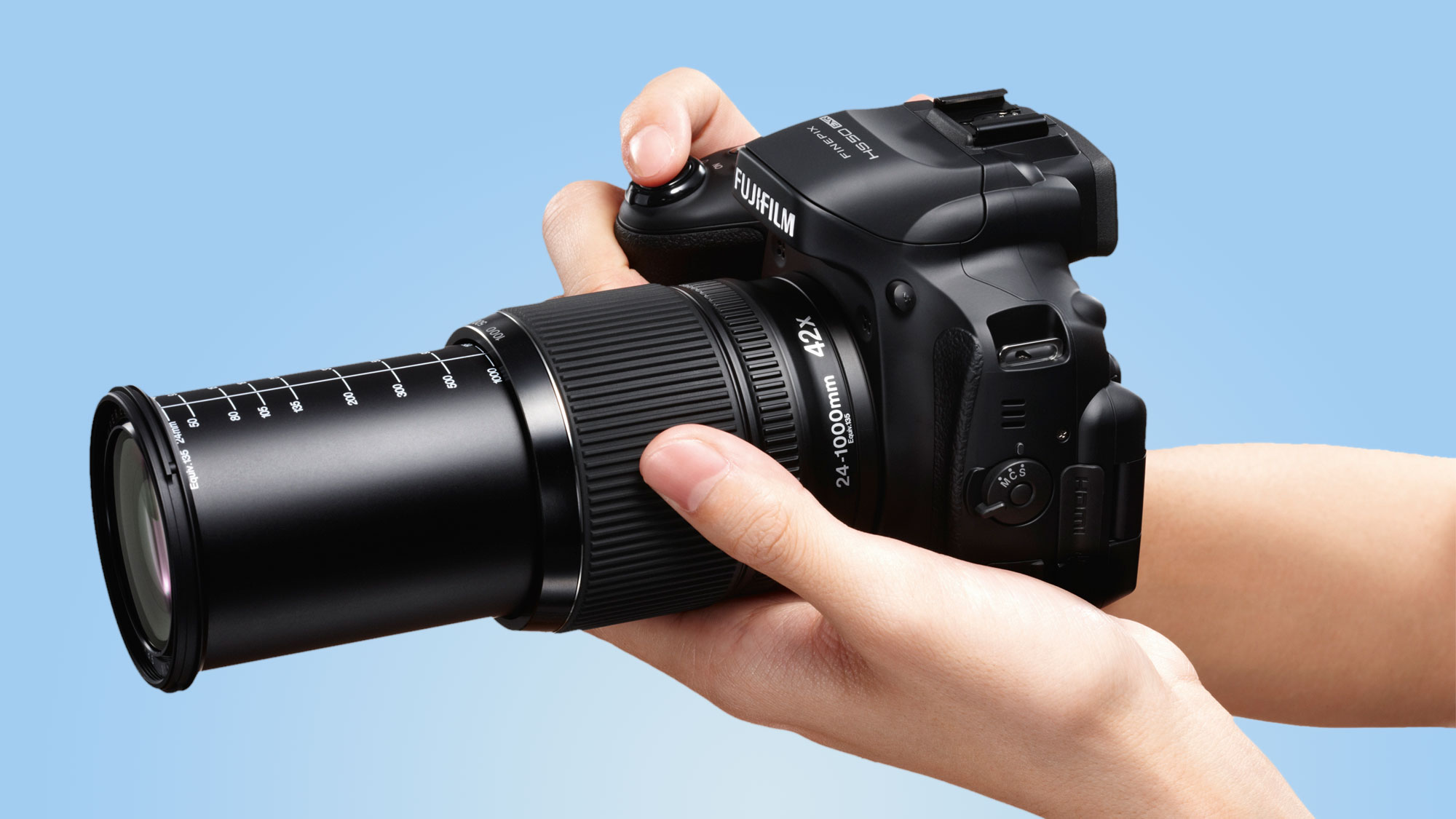Why you can trust TechRadar
As pretty much a veteran brand in the bridge camera market, we've come to expect good performances from Fuji's range. Given the promises that Fuji makes about this camera, such as its ultra-quick focusing speed and wide maximum aperture, we had reasonably high hopes for the Fuji HS50 EXR.
Happily, we have not been disappointed by the quality of its images. Colours are bright and punchy, without being overly saturated, and are a good representation of the real colours in a scene.
There's plenty of detail captured by the Fuji HS50 EXR's 16 million-pixel sensor, although if you examine images at 100%, smoothing starts to creep in from fairly low sensitivities, such as ISO 400. Viewing or printing images at normal sizes, such as A4 (US letter), shouldn't present too much of a problem in the majority of conditions.
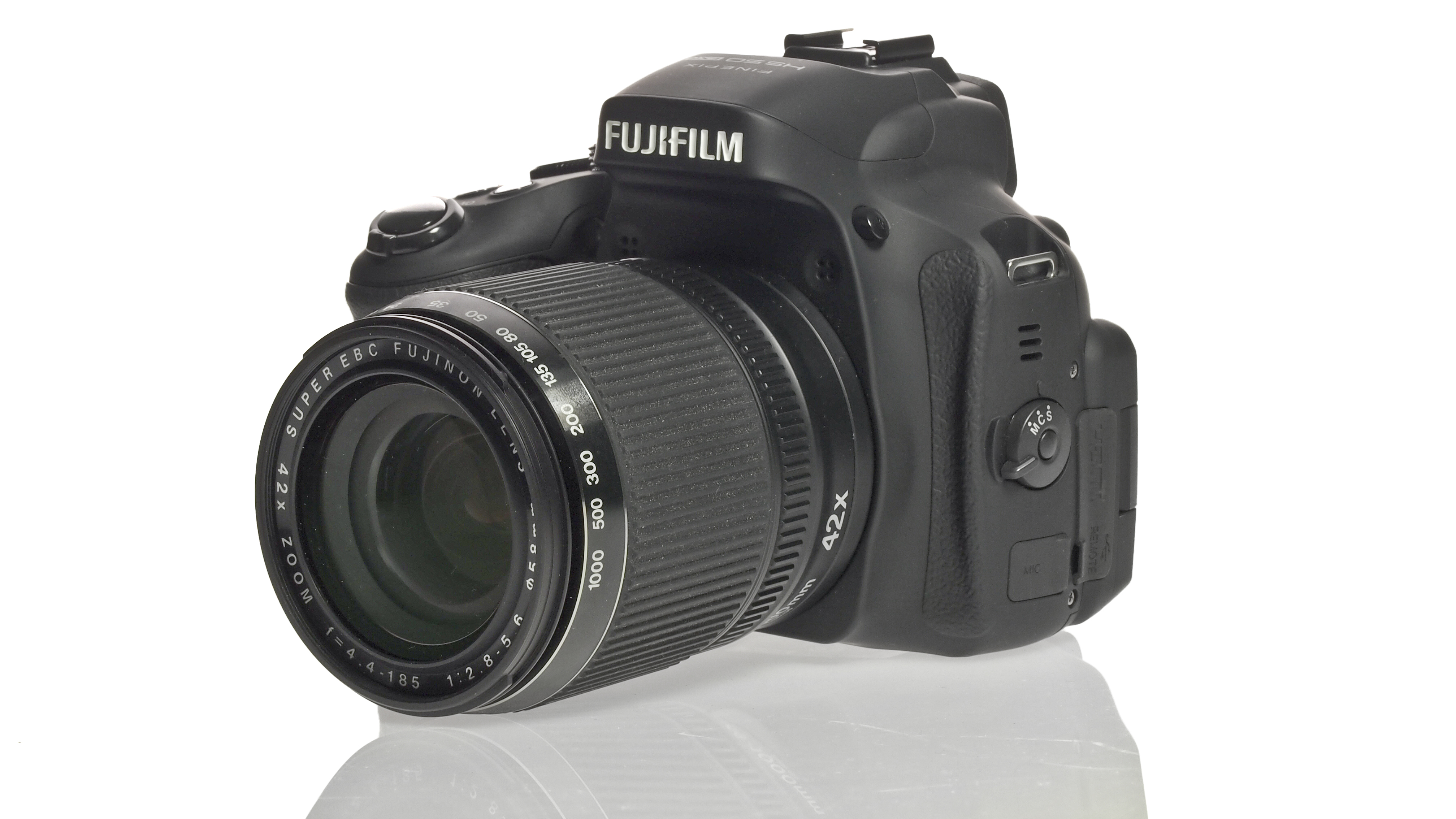
If you're finding that too much detail is being lost, it might be worth shooting in raw format and extracting more detail, or controlling the amount of noise reduction applied to each image, post-capture.
Out of focus areas are rendered well, while the drop off in focus is smooth. There's also some attractive bokeh to be enjoyed, especially when shooting at the maximum f/2.8 aperture at the widest point of the lens.
Of course the biggest selling point of this camera is its whopping 42x optical zoom lens. It's therefore important that this aspect of the camera works well, especially in terms of handheld stability. The Fuji HS50 EXR's Optical Image Stabilisation system does an excellent job of keeping images blur-free, even when shooting at the full reach of the 1,000mm (equivalent) optic.
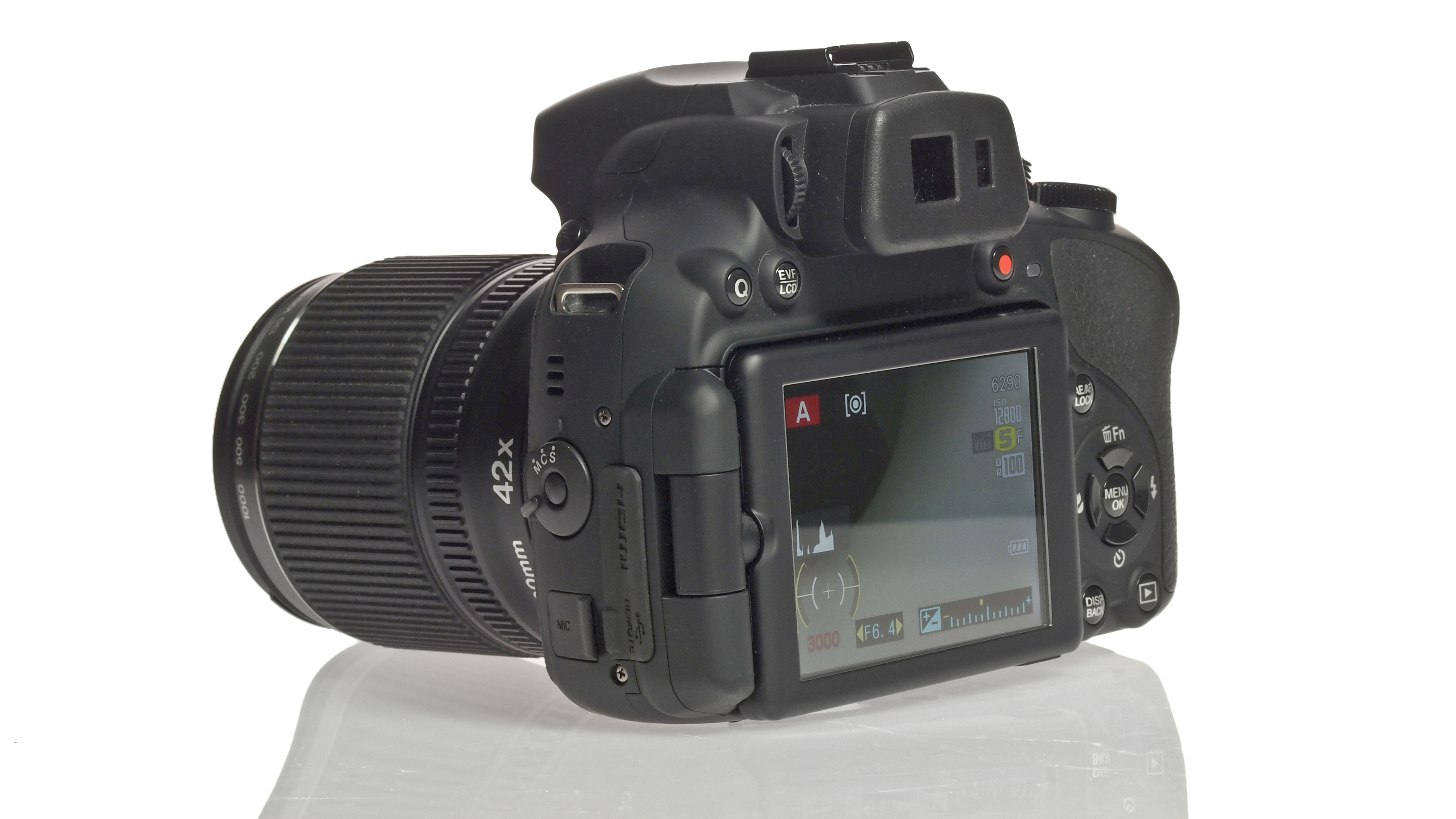
If you find you need even more reach, up to 84x zoom is available via the camera's digital zoom function. Although image quality is worse than when using the optical zoom (because it's essentially a crop into a full resolution image), images taken at this length are still more than usable at web and small printing sizes, making it a good option if you really need it.
General purpose metering (or photometry, as Fuji names it) does a good job of helping the camera to produce good exposures, even in scenes with areas of high contrast. Similarly, automatic white balance puts in an excellent performance, reproducing accurate colours even while under mixed or artificial lighting.
Fuji claims that the HS50 EXR has the quickest autofocus speeds for any compact digital camera, at just 0.05 seconds. Focusing is indeed very snappy, but there is a notable drop off in speed when shooting at the furthest reach of the telephoto optic, or if the light level drops. Still, for everyday shots, focus acquisition is very quick and the lens doesn't hunt around looking for the subject.
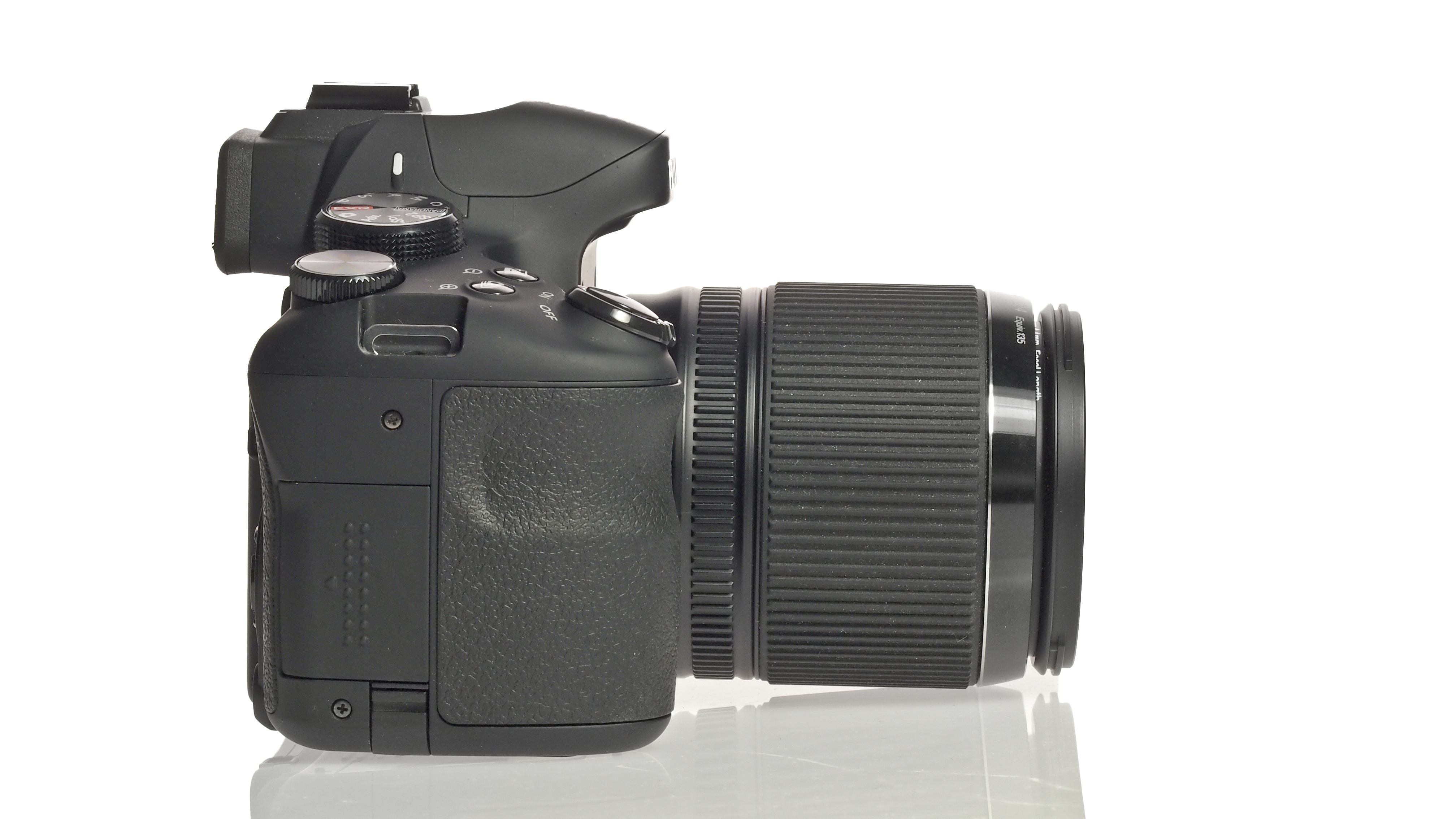
Super Macro mode enables you to get as close as 1cm to the subject you're photographing, with the lens element almost touching the subject in question some of the time. Although autofocus here is a little slower than when using the standard AF mode, it's still pretty quick and is helpful when you want to capture frame-filling shots.
Although there's not quite the wide range of digital filters available on the Fuji HS50 EXR as those found on some other brands - Panasonic perhaps most notably - those that are available are fun to experiment with. We particularly enjoyed Toy Camera mode.
If you want to keep more flexibility, it's a good idea to shoot in the various Film Simulation modes available, which include old favourites such as Velvia (for a more vivid look) and Astia (for a softer look). As standard, the camera shoots in Provia, but it's also worth experimenting with the different styles available.
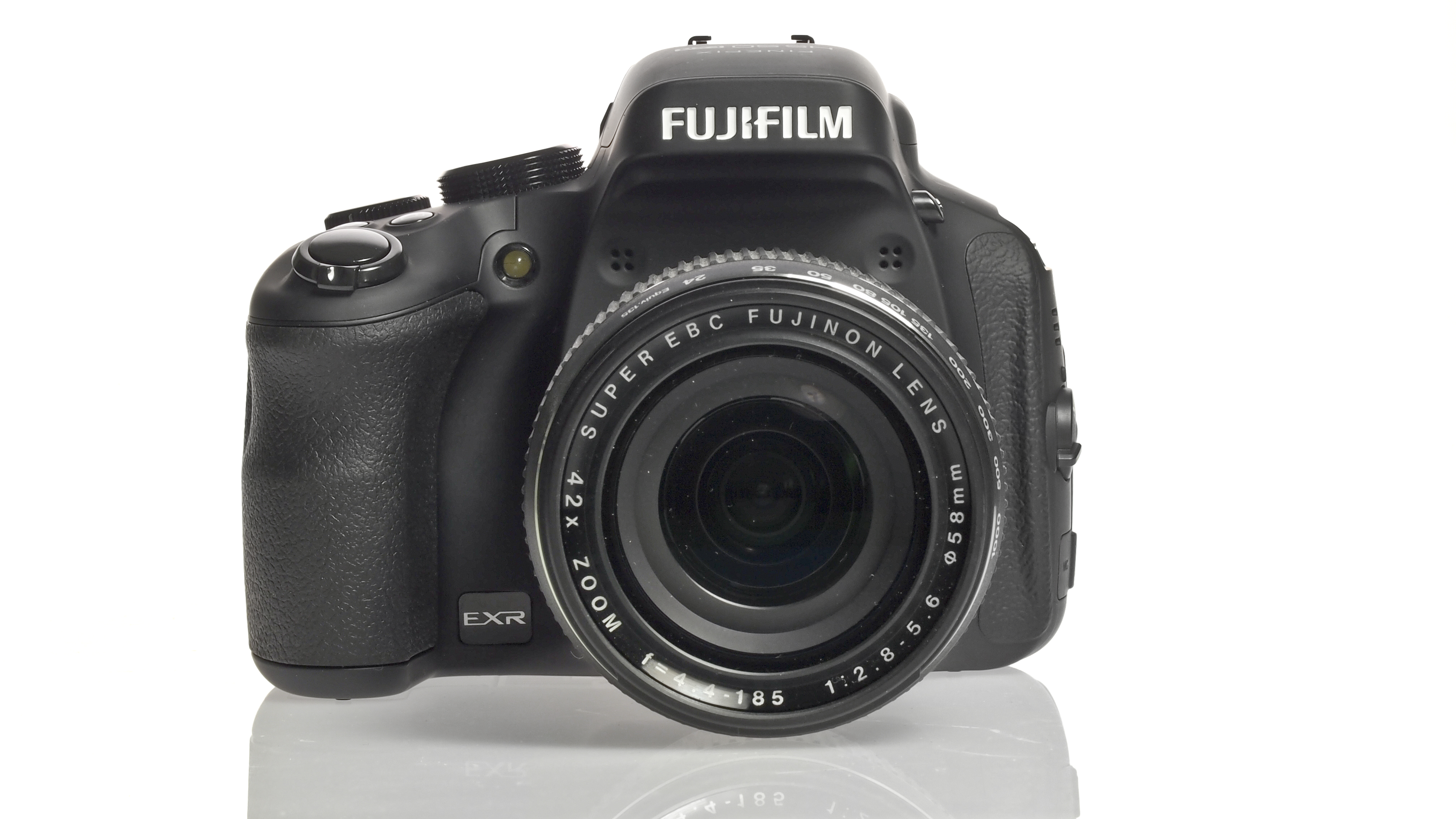
Various monochrome options are also available, and of course the advantage of shooting Film Simulation modes, as opposed to filters, is that you can shoot in raw format and keep a clean version of the image to work with at a later date, should you decide against the Film Simulation you've chosen.
The articulating screen doesn't suffer too badly from glare or reflections in all but the brightest of sunlight. Looking at images played back on the screen is a treat, thanks to the high resolution (920,000 dots).
Similarly, the electronic viewfinder is very good - especially for a bridge camera, which haven't been known for high performing EVFs in the past.
Although the viewfinder isn't particularly large, it does have a very high resolution (also 920,000 dots), making it pretty easy to use and certainly an improvement over EVFs of the past. It's also much better than the device found onboard the Canon SX50, perhaps this camera's biggest competitor.
Current page: Performance
Prev Page Build quality and handling Next Page Image quality and resolutionAmy has been writing about cameras, photography and associated tech since 2009. Amy was once part of the photography testing team for Future Publishing working across TechRadar, Digital Camera, PhotoPlus, N Photo and Photography Week. For her photography, she has won awards and has been exhibited. She often partakes in unusual projects - including one intense year where she used a different camera every single day. Amy is currently the Features Editor at Amateur Photographer magazine, and in her increasingly little spare time works across a number of high-profile publications including Wired, Stuff, Digital Camera World, Expert Reviews, and just a little off-tangent, PetsRadar.
